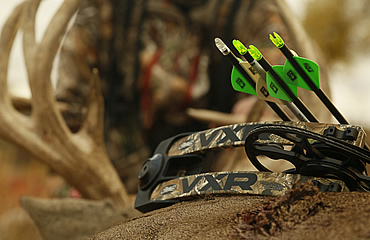Paper-tuning your bow is great, but you can tune at home, too.
Archery seasons are approaching quickly, and now’s the time to make sure your bow is shooting to the best of its ability. As much as we agonize over broadhead choice, few bowhunters realize that a properly tuned bow can shoot any quality broadhead consistently and accurately. Tune your bow, and you can shoot any broadhead, fixed or mechanical, and group as well as your field points.
Paper-tuning is a fool-proof way to make sure everything on you bow is in perfect alignment, but many shooters don’t have easy access to a paper-tuning frame. The good news is you can tune your bow at home without a paper tuner.
There isn’t space here to dive into the entire process, but you can follow up by watching some videos to see the specifics on how it’s done.
Walk-back tuning involves shooting your bow at various distances and observing how your impact point moves at the those distances. If you shoot up close and hit the bullseye and walk back to 30, 40 and 50 yards and still hit dead center, your rest is aligned (and assuming you don’t see any obvious arrow kick).
If your arrows impact right or left as you move back, though, you need to move your rest. Adjust it in tiny increments, always toward the bullseye.
Eventually, you’ll find that happy place where your arrows hit the same regardless of distance.
Finally, you might think tuning isn’t worth all the hassle and that slapping a good mechanical broadhead on the end of your shaft solves all problems. There are several things wrong with that thinking.
First, mechanical heads don’t solve flight issues; they simply hide them. Mechanicals work best when the arrow hits square and without wobble. Modern designs have just about eliminated the issues early versions had with angled shots, but even today’s heads perform best with an arrow that hits square to the target. Lastly, a tuned arrow keeps more of its energy upon impact, increasing your chances of getting a pass-through.
Read Recent Tip of the Week:• Burn, Baby, Burn: Controlled fire is the most under-used habitat tool, but maybe that's not a bad thing.




.png)